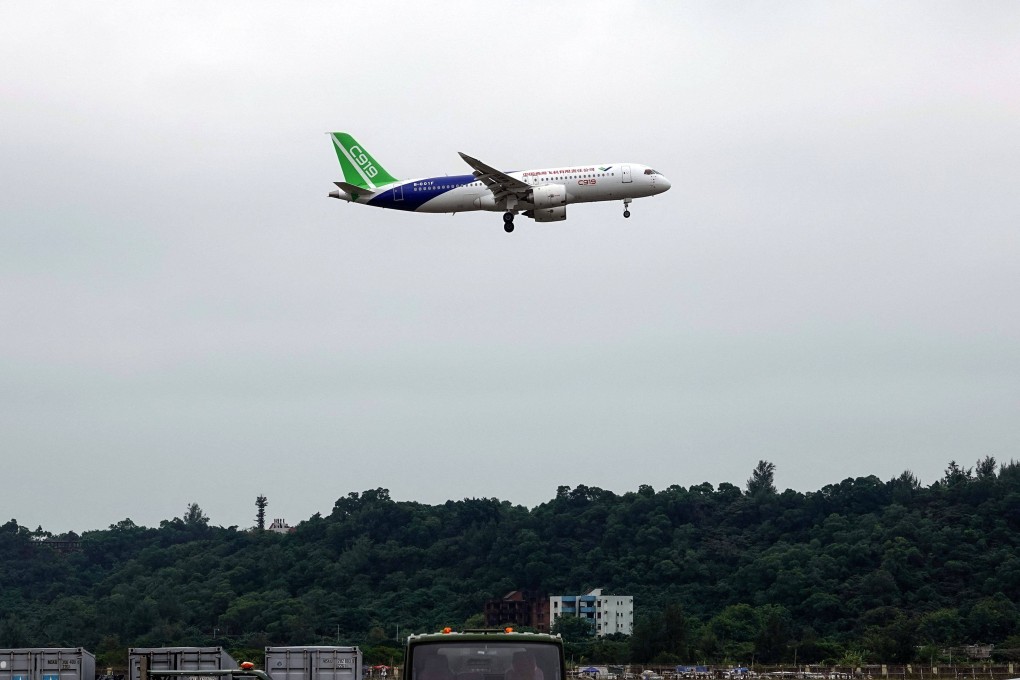Editorial | Dream C919 flights to put China on the map
- Delivery of first domestically manufactured jet to airline lays down challenge to major players Boeing and Airbus

Boeing and Airbus have a new competitor on the horizon. The Commercial Aircraft Corporation of China (Comac) delivered its first domestically manufactured jet to China Eastern Airlines in Shanghai this month. After 14 years of development, the C919 model with 164 seats marks a breakthrough for the country’s long-held ambition to establish an aircraft industry able to challenge the major players. It will certainly give Boeing’s 737 and Airbus’ A320 a run for their money. Comac has secured 300 orders for the domestic market.
The delivery in Shanghai marks an aviation milestone for China, a worthy achievement given the many obstacles to developing its domestic manufacturing capabilities. It comes at a bad time, however, with the global aviation industry in recession from the Covid-19 pandemic. Still, China’s own market will be a boost. Domestic success in the coming years will also provide alternative aviation services to neighbours across Asia and countries along the Belt and Road Initiative, in an industry long dominated by Boeing and Airbus. To Beijing, it will be part of the China dream come true.
Aside from a series of turboprop planes, whose programme failed in the 1990s, this is the first made-in-China domestic aircraft. The single-aisle jet engine plane was entirely assembled in-country. But with more than 2 million parts, including the engine, many components inevitably have to be imported. A locally developed engine is still several years away. The next step will be to build a twin-aisle aircraft. Beijing has long aimed to reduce dependence on foreign technology as relations with Western countries deteriorate. However, advanced components including jet engines, avionics, control systems, communications and landing gear remain vulnerable to foreign restrictions or sanctions. Even with secure supplies, the Chinese aviation industry will still have many years to mature across the board.
Commercial aircraft manufacturing is a difficult capital-intensive business. With state subsidies, it enjoys some advantages in China. Becoming a third competitor will affect the global aviation market, even if the initial years are limited to selling to emerging economies.
It will put China on the map. The dream is becoming a reality.
